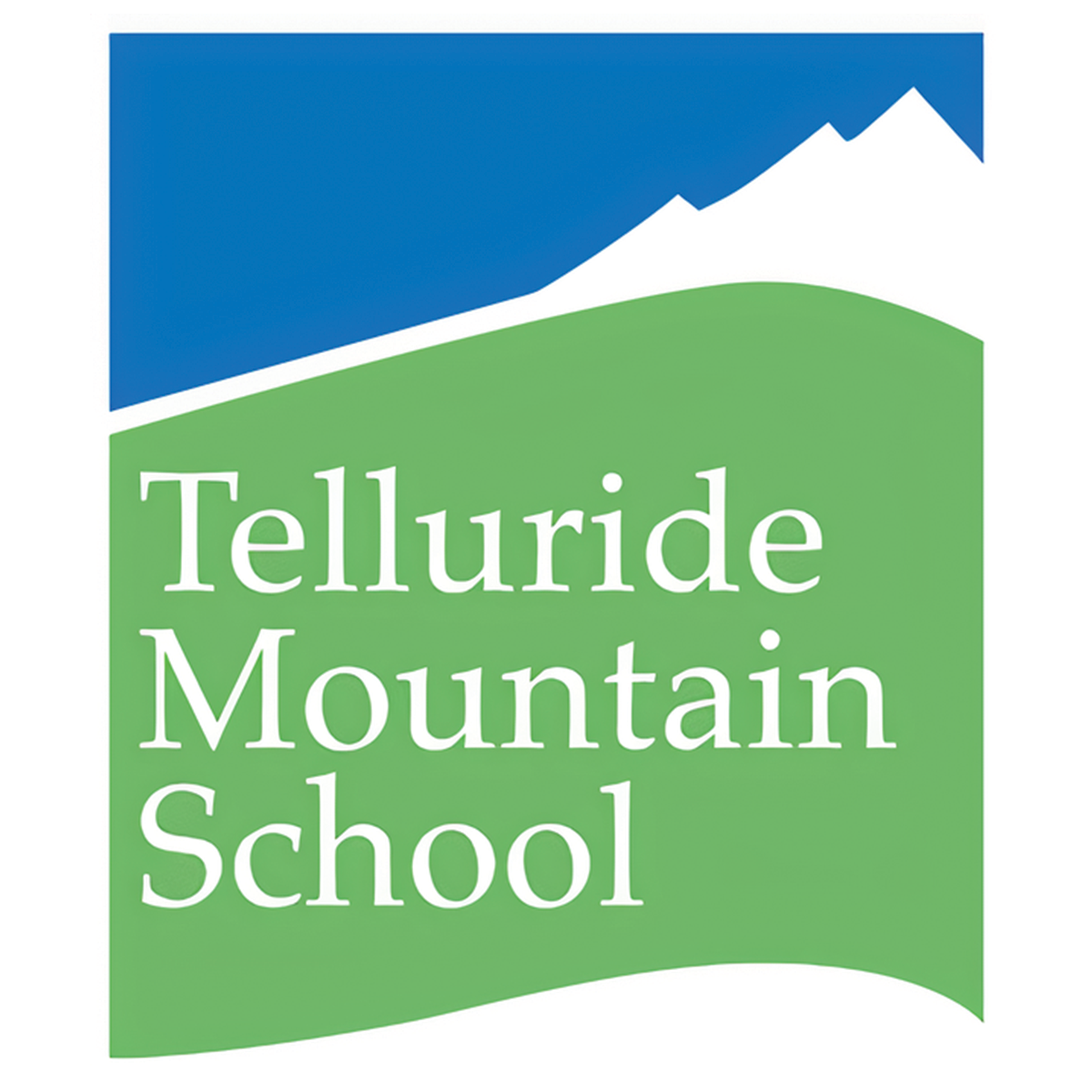Last weekend, Telluride Mountain School (TMS) students participated in a three-day introductory course on the mechanics of avalanches — studying where they occur and how to avoid them — while earning Level One Avalanche Certification (L1AC). Using alpine skis with backcountry setups, students undertook classroom training and performed avalanche rescue drills in Ophir, pursued snowpack and terrain analysis on Lizard Head Pass, and coalesced all that knowledge into a backcountry ski adventure at Alta Lakes.
“We’re a community that believes if we work hard together and play hard together, we’ll truly learn together,” TMS Head of School Andy Shoff said. “And learning is what it’s all about. What better opportunity is there than having students and teachers learning together to manage risk, make safe decisions and keep each other safe while playing together in our local mountains?”
This was the first time in the backcountry for Gary Stollar, a new English and History teacher at TMS, who earned certification along with Spanish teacher Ross Perrot and 13 students in grades 7-9.
“I'm a lifelong learner — a core value of TMS — so I jumped at the chance to do this,” Stollar said.
The group started each morning with classroom learning — about avalanche triggers, weather forecasts and nowcasts, human factors, terrain traps, topo maps, scenario analysis, importance of teamwork, and backcountry trip planning — on campus and at the Ophir Town Hall, where they drove the Ophir Road, passing numerous large avalanche debris piles, just to get to the classroom.
“After making a meticulous plan, backcountry skiers must adapt and respond to the environment around them,” explained Stollar. “Even if it means aborting plans altogether. Backcountry skiing is only enjoyable if everyone makes it home safely and unharmed.”
In the field at Lizard Head Pass, students dug snow pits, worked with transceivers in both search and transmit modes, analyzed snow columns, and skied fresh powder on low angle terrain.
Chris Dickson, a Mountain Trip guide who’s taught this course to TMS students for the past three years, assesses and explores the backcountry through the lens of what he calls the “Avalanche Triangle” — weather, snowpack and terrain — in relation to the people who recreate in the winter backcountry.
“We live in an avalanche-prone place and teaching these young people how to recognize avalanche terrain and avoid it in winter seems like essential knowledge for growing up around these mountains,” he said.
“Shout out to Chris Dickson. The work he’s doing is second to none,” enthused TMS Director of Winter Sports Ben Gardner. “As I told the kids, if you want to take a religion course, take that with Gandhi. If you want to take an avalanche course, take that with Chris Dickson. He’s that guru, and he has the stoke for it.”
The adventure was freshman Annabelle Starr’s first time touring in the backcountry.
“I was surprised by the amount of planning that went into one tour,” she said. “I learned how to potentially save somebody's life by using my transceiver and being efficient with my time while in the process of saving a life.”
Eighth-grader Quincy Shoff also learned the importance of avalanche rescue and how to be a good backcountry partner.
“I was most surprised about how much pre-course work we had to complete every day before entering the backcountry,” she said. “The transition from skiing to skinning was hard because we really had to focus and make sure the skin didn’t touch the ground and get snowy.”
Eighth-grader Piper Allen also found skinning (attaching synthetic skins to the bottom of skis to ski uphill) to be challenging.
“I was surprised about the snowpack we have right now,” she said. “And how new snow and different types of avalanches change our snowpack and our avalanche danger.”
In the final debrief, when students were asked how they might continue their avalanche and backcountry learning, responses included becoming CPR-certified, learning more about rescues, improving snowpack analysis, and practicing use of avalanche equipment and rescues with friends.
“All of their answers indicate that they want to become responsible in the backcountry with an emphasis on being prepared team members,” Stollar recounted. “Not one student said they wanted to become a better skier; quite inspirational.”
L1AC is the first of three backcountry adventures hosted by the TMS Free Ride Committee (FC) which, while a voluntary club, attracts over 90 percent of students in grades 7-12 who meet weekly for lunch to discuss avalanche safety, snowpack and Dickson’s “San Juan Snowcast.” L1AC training provides the foundation for the next step in FC programming, a hut trip at St. Paul Lodge on Red Mountain Pass, which will take place Feb. 2-5. The FC program culminates in a guided ski day at Silverton, which will take place March 3.
“The guides at Silverton love having our kids,” said Gardner, who founded FC and serves as its director. “When we roll to Silverton as a group of 24 students, the guides are just floored over our students’ knowledge, understanding, willingness to ask questions and ability to follow directions.”

